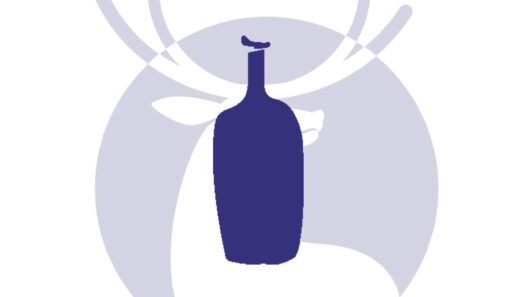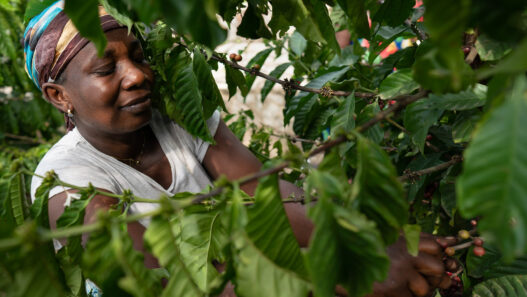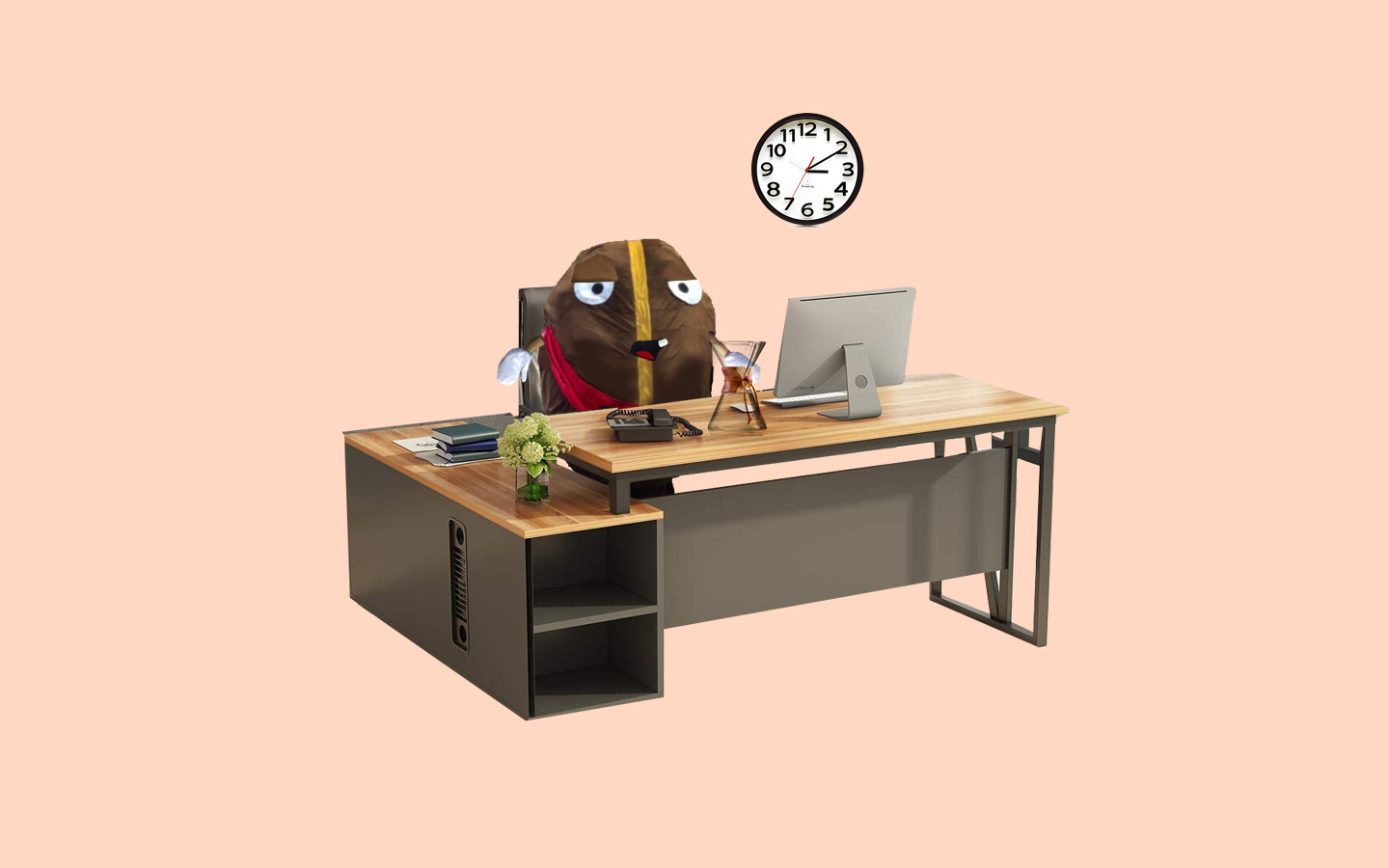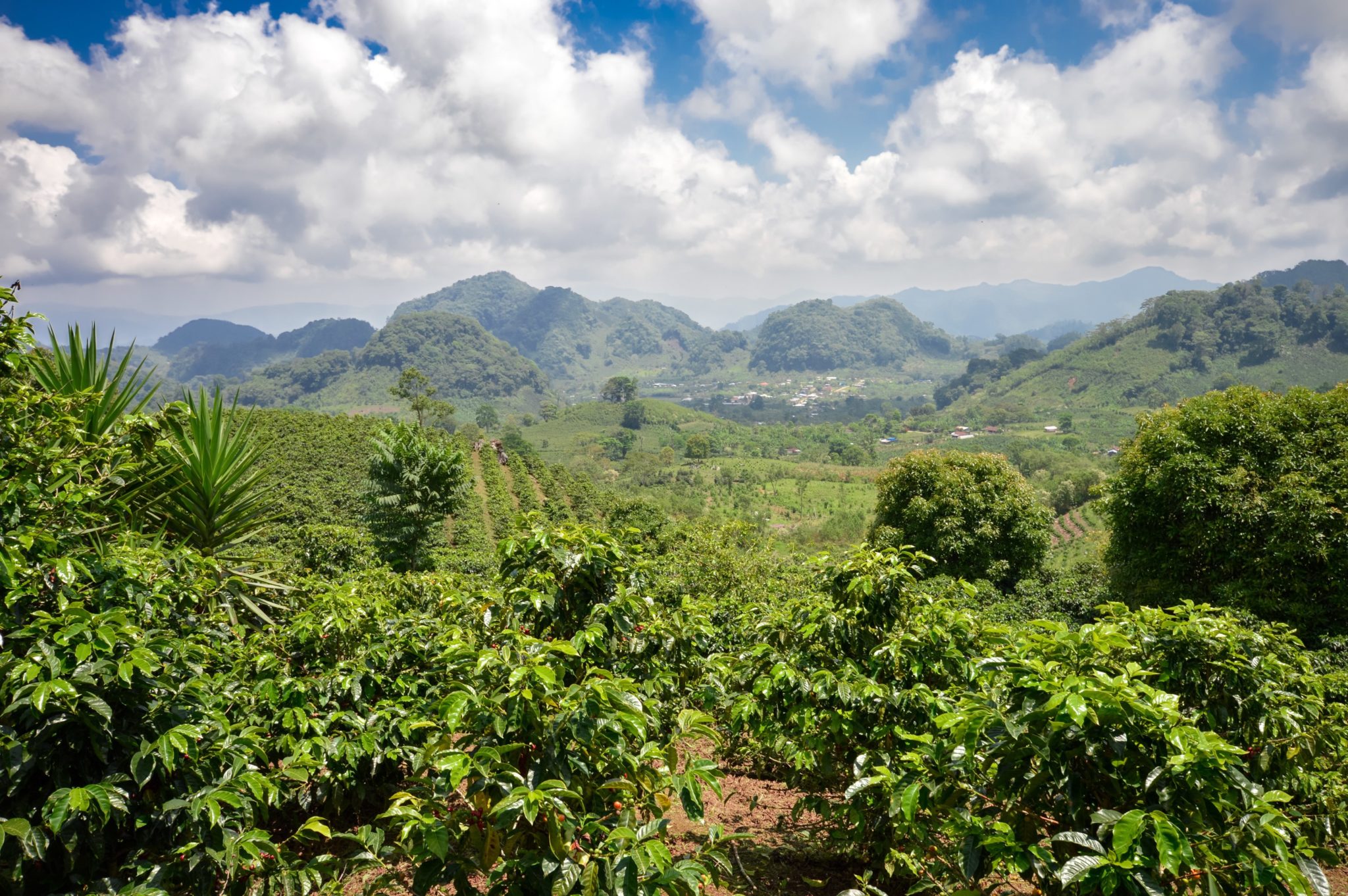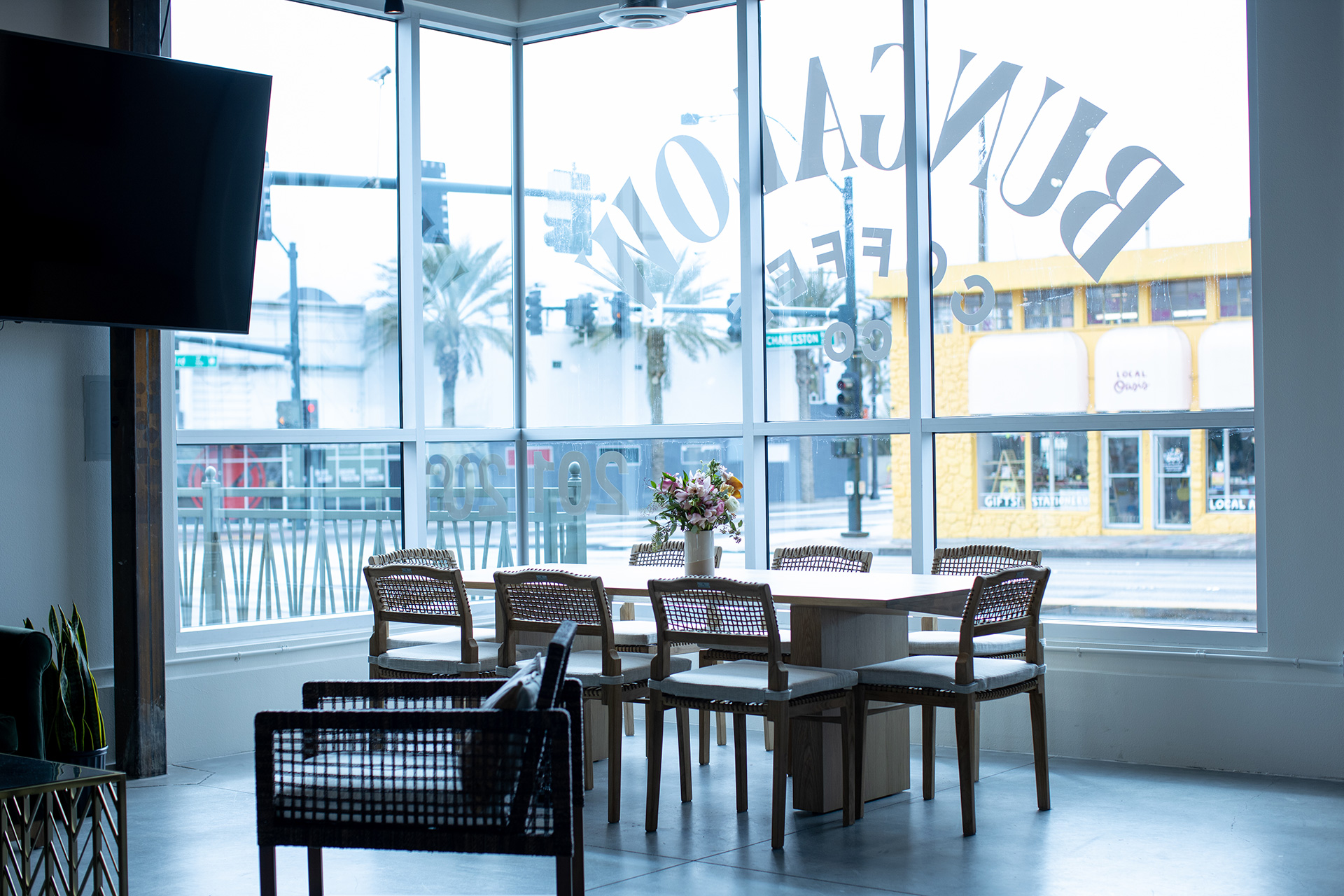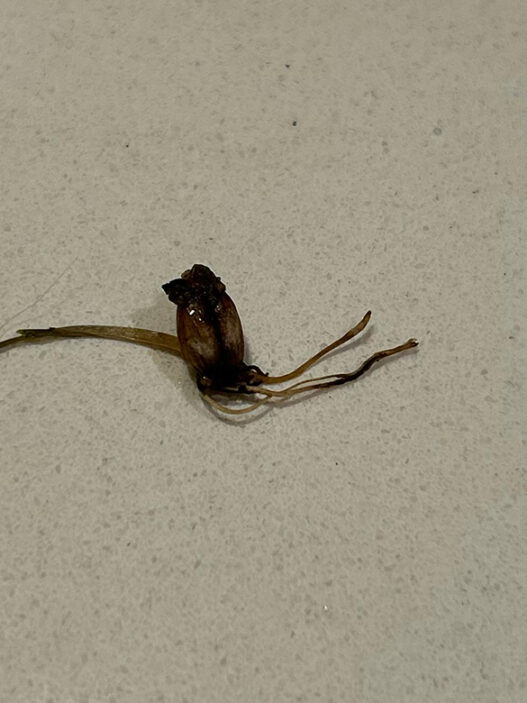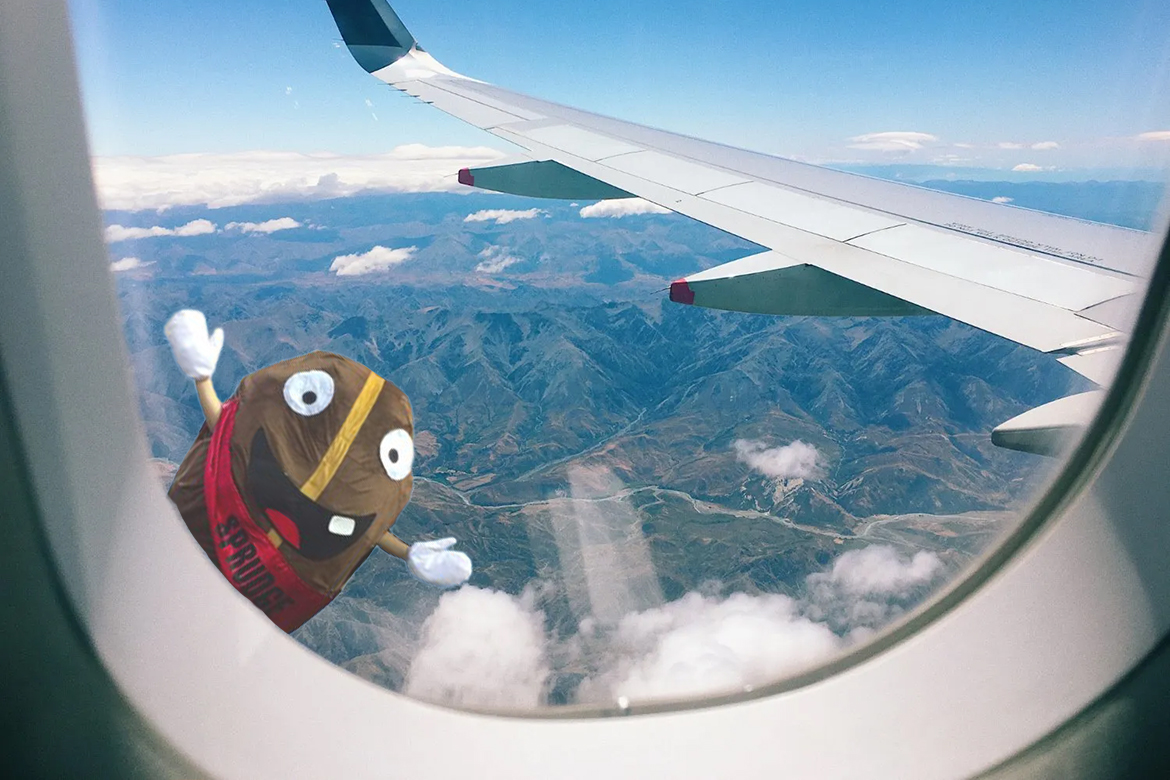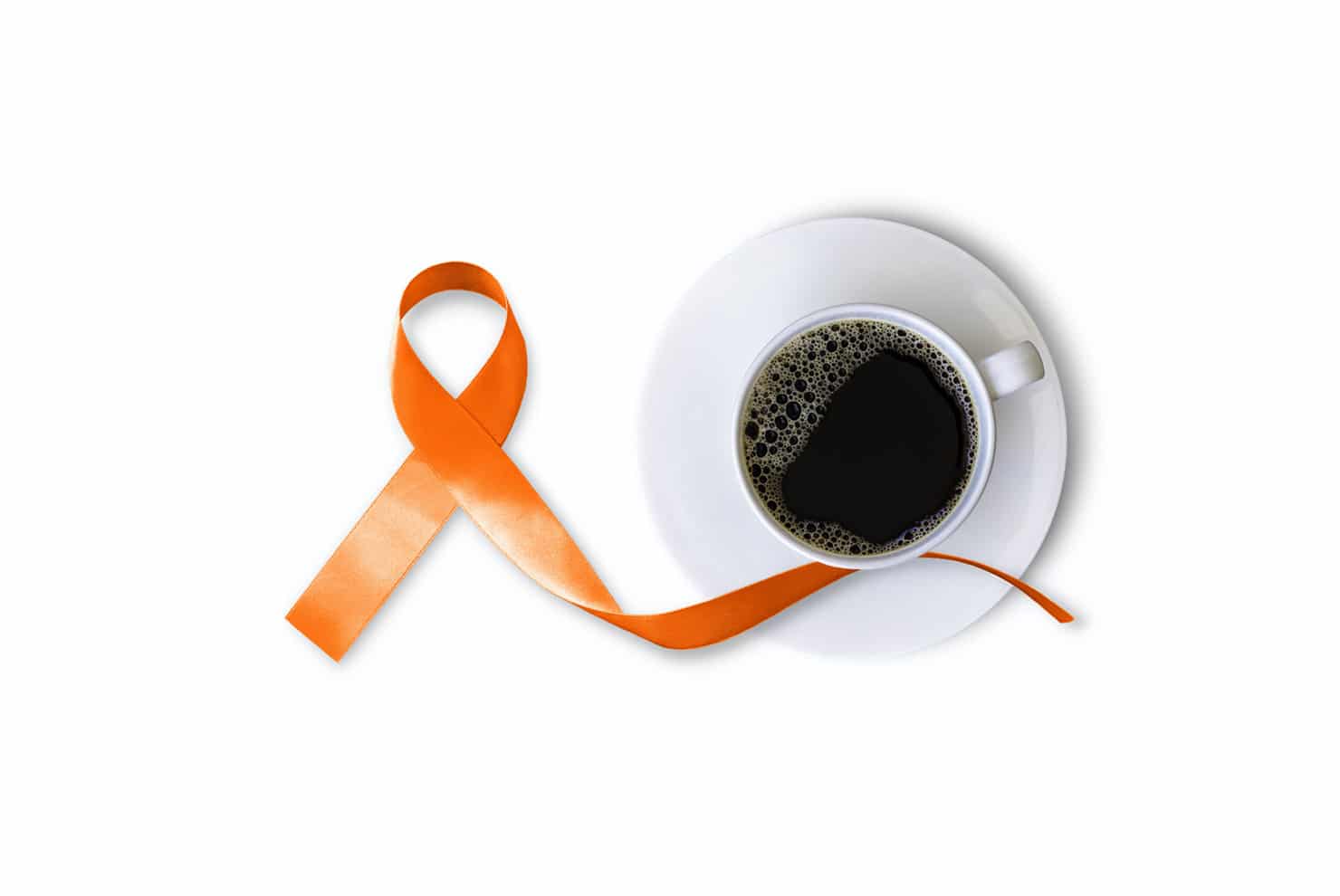There is perhaps no greater existential threat to coffee—and the world at large—than climate change. Though its mere existence has become inexplicable political fodder, the fact remains that climate change is real and humans have played a significant role in causing it.
We talk a lot about climate change in terms of coffee a lot here at Sprudge, generally with the understanding that global warming will negatively impact how coffee is grown. (Though you don’t really need to whittle down to anything as specific as coffee to see the threat climate change poses to us all.) But how exactly does climate change affect coffee? To have a better understanding, we are taking a look at some of the ways changing temperatures disrupt coffee production.
Shifting Growing Regions
The most significant effect climate change has on coffee production is simply shifting where it grows. Historically, coffee has been grown in what is known as the Coffee Belt, an area between the Tropics of Cancer and Capricorn stretching 25-30 degrees on either side of the equator where roughly 70 producing countries reside. Coffee requires a specific climate in order to grow—mild temperatures, warmer days and cooler nights, distinct rainy and dry seasons, humidity, etc—and the imaginary band around the earth’s middle is home to just those conditions.
With temperatures rising due to global warming, though, lands suitable for coffee growing will shift outside the traditional Coffee Belt. According to the 2018 World Coffee Research annual report, 47% of global coffee production comes from countries that could lose over 60% of suitable coffeelands by the year 2050. Compounding the issue even further, another study finds that 60% of wild coffee varieties could be at risk of extinction due to climate change, some of which, as this Sprudgie nominated Vox video notes, could be used to create more climate-resistant coffee varieties.
And while new regions will become more suited to coffee production, the exchange is far from equal. For one, shifting coffeelands would require replanting entire areas with coffee trees (to speak nothing of the devastation done to those areas now unable to support an agricultural product that is often the lifeblood of the area). Further, there is no guarantee these new areas will prove to be equally suited. For instance, coffee, especially high-end specialty Arabica, tends to favor mountainous areas, whose high elevations provide many of the climate needs mentioned earlier. The newly suitable strip of land may not necessarily be equally mountainous.
Unpredictable Weather
Climate change isn’t just making the globe hotter, it’s disrupting weather patterns. Coffee is finicky; it does best with predictable weather, like distinct rainy and dry seasons. Global warming is destabilizing these weather patterns, causing anything from floods to draughts to early than usual rainy seasons. This can lead to trees flowering too early or sporadically, leading to uneven cherry maturation, extending harvest, and making it more difficult to pick crops at their ideal ripeness.
Uneven cherry maturation and prolonged harvests can prohibit a producer from maximizing their yield, cutting into their already thin margins. This, along with a host of other issues facing farmers, producers could cut their losses and stop growing coffee entirely, an already tenuous enterprise.
Additionally, extreme weather and natural disasters can coffee from even making it to market. Floods and landslides, like the ones in Rwanda in May of 2020, can destroy processing mills and disrupt shipping routes between the farms, mills, and ports.
Hotter Temperature Means More Threats
Outside of climate change, the two largest threats to coffee production have been leaf rust and the coffee borer beetle, and as average global temperatures inch higher each year, coffeelands are becoming more suitable for both. Along with unpredictable rainfall, hotter temperatures have created an ideal growing environment for Hemileia vastatrix, the fungus that causes coffee leaf rust, devastating crops and reducing yields by up to 82% by some estimates. Similarly, the coffee borer beetle enjoys the warmer climates, where it destroys crops by boring into coffee cherries and planting their eggs inside the seeds.
Decreased Workforce
Coffee harvesting is a manual, labor-intensive process that relies heavily on migrant workers. Without skilled laborers, many of whom in Central America especially travel from country to country during harvest seasons, coffee simply won’t get picked and will instead die on the vine. According to the Migration Policy Institute, 21.5 million people a year become climate change refugees, relocating due to extreme weather and natural disasters brought about by climate change.
Unpredictable weather not only hampers coffee growth, but may limit the available workforce required to produce it. And a shifting/expanding Coffee Belt would theoretically further decentralize coffee production, making the journey between harvest for the skilled laborers all the more untenable.
Disruptions in Shipping
The majority of the world’s coffee is grown in a different country than it is consumed. And to get it to its final destination requires shipping, generally via boat. With polar ice caps melting because of climate change, sea levels are rising globally. This affects shipping channels. According to Shipping and Freight Resource, global warming is causing the re-routing of shipping channels as well as increasing port infrastructure damage and lowering productivity. These can add unpredictability and delays to shipping times as well as price increases. As an agricultural product operating on razor thin margins, coffee can nary handle either.
Even with shifting growing regions, decreased output, increased threats, and higher prices, the truth of the matter is that we don’t have a full picture of how global warming has or will impact the coffee trade; this article barely scratches the surface. What we do know is that it is bad. Without swift intervention on a global scale, it’s only going to get worse, and if that doesn’t happen soon, we may not be able to walk back the damage.
Zac Cadwalader is the managing editor at Sprudge Media Network and a staff writer based in Dallas. Read more Zac Cadwalader on Sprudge.





